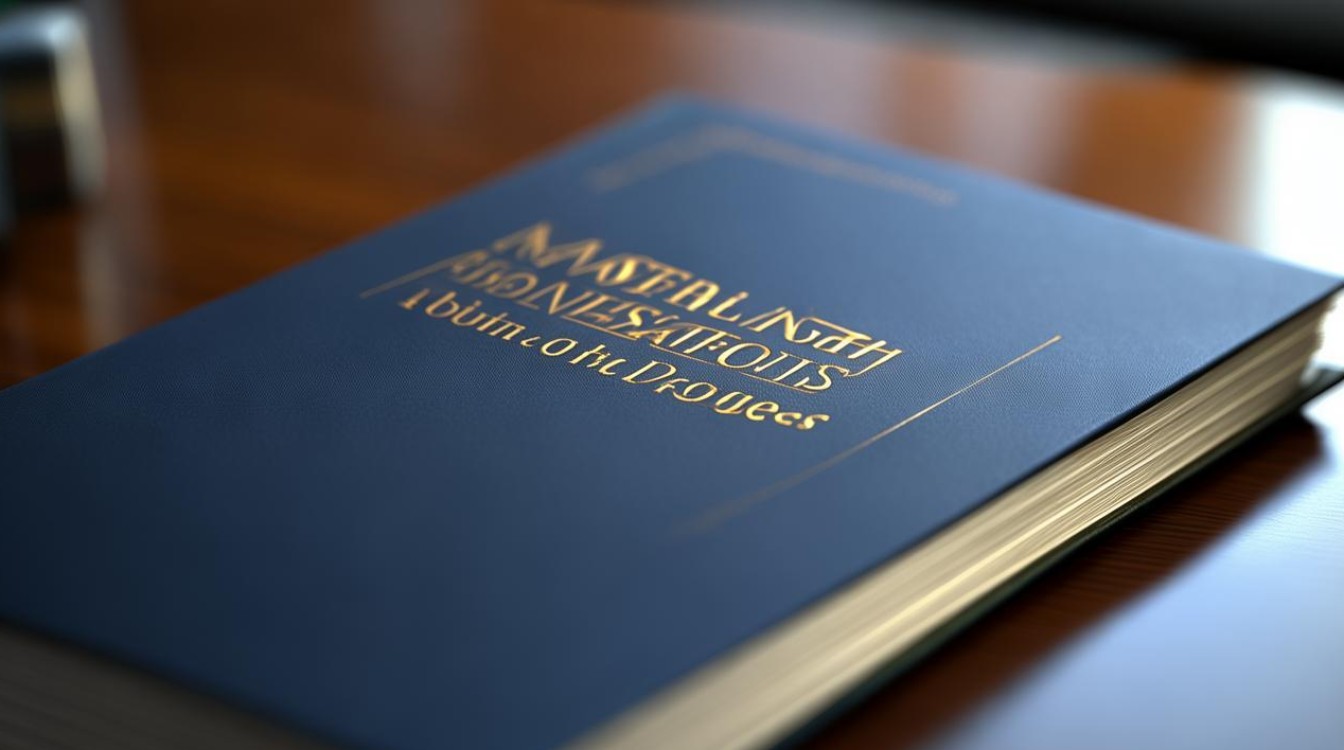Effective communication is the backbone of successful engineering projects, especially in international collaborations. Whether you're reporting to stakeholders, coordinating with contractors, or discussing timelines with clients, fluency in project-related English conversations is essential. This guide provides actionable techniques, real-world examples, and the latest industry data to help professionals navigate these discussions confidently.

Key Phrases for Project Progress Updates
Reporting Current Status
- "We’re currently at [XX]% completion for Phase 1."
- "The foundation work is on schedule, with [specific task] expected by [date]."
- "Delays in material delivery have impacted the timeline by approximately [X] days."
Example Dialogue:
Project Manager: "As of this week, structural framing is 75% complete. However, electrical installations are running two weeks behind due to supply chain disruptions."
Client: "Understood. Do we need to adjust the testing phase accordingly?"
Discussing Delays & Solutions
- "We’ve encountered an unexpected issue with [specific problem], but we’re implementing [solution]."
- "To mitigate delays, we’ve added a second shift for [task]."
- "The revised deadline is now [new date], pending approval."
Example Dialogue:
Engineer: "The concrete curing process is taking longer due to humidity levels. We’re using accelerants to regain lost time."
Supervisor: "What’s the new estimated completion date for this stage?"
Latest Industry Trends & Data (2024)
Staying informed with real-world data enhances credibility in conversations. Below are key insights from recent reports:
Global Construction Delays (2024)
| Cause of Delay | Frequency (%) | Source |
|---|---|---|
| Supply chain disruptions | 42% | McKinsey Global Construction Survey, 2024 |
| Labor shortages | 35% | Dodge Data & Analytics |
| Weather-related issues | 18% | World Meteorological Organization |
Key Takeaway: When discussing delays, referencing industry-wide trends (e.g., "Many projects are facing similar supply chain challenges this year") builds rapport and reassures stakeholders.

Project Management Software Adoption
- 85% of firms now use cloud-based tools like Procore or Autodesk Build (Statista, 2024).
- Teams leveraging AI-driven scheduling report 30% fewer delays (Gartner, 2023).
Dialogue Application:
"We’re using predictive analytics in our scheduling software to flag potential bottlenecks early."
Handling Client Concerns Professionally
Clients often seek clarity on risks and contingencies. Use these strategies:
Transparency Without Alarm
- Avoid: "This is a major problem."
- Use: "We’ve identified a challenge in [area], and here’s our plan to address it."
Data-Backed Reassurance
- Example: "While the delay affects Phase 1, historical data shows we can recover 80% of lost time in Phase 2 by doubling crews."
Cultural Nuances in International Projects
- Direct vs. Indirect Communication: German or Dutch teams may prefer blunt updates ("The deadline is unrealistic"), while Japanese partners might imply concerns indirectly ("We’ll strive to meet the target").
- Time Sensitivity: In the Middle East, flexible deadlines are common, whereas Scandinavian projects prioritize strict adherence.
Tip: Mirror the client’s communication style. For indirect cultures, soften language: "We’re exploring options to align with the original timeline."
Practice Scenarios
Scenario 1: Requesting a Deadline Extension
Team Lead: "Given the recent permit approvals delay, we recommend extending the deadline by three weeks. Here’s the adjusted Gantt chart."
Client: "What’s the cost impact of this extension?"
Team Lead: "Approximately 2% over budget, primarily from extended equipment rentals."

Scenario 2: Presenting Progress to Investors
Project Manager: "We’ve achieved 60% of milestones ahead of schedule, but the electrical subcontractor’s bankruptcy requires us to rebid that scope. Our risk assessment shows a 4-week delay with a $150K contingency reserve."
Final Thoughts
Clarity, confidence, and context transform project discussions. By integrating industry data, anticipating stakeholder concerns, and adapting to cultural expectations, professionals can navigate even the most complex progress conversations. For further learning, explore the Project Management Institute’s English for Project Managers course, which specializes in technical communication training.
Data Sources:
- Mc Kinsey & Company – 2024 Global Construction Survey
- Dodge Data & Analytics – Q1 2024 Industry Report
- Statista – Construction Software Adoption Trends
- Gartner – AI in Project Management (2023)
Mastering these skills ensures smoother collaborations, fosters trust, and keeps projects moving forward—no matter the challenges.












